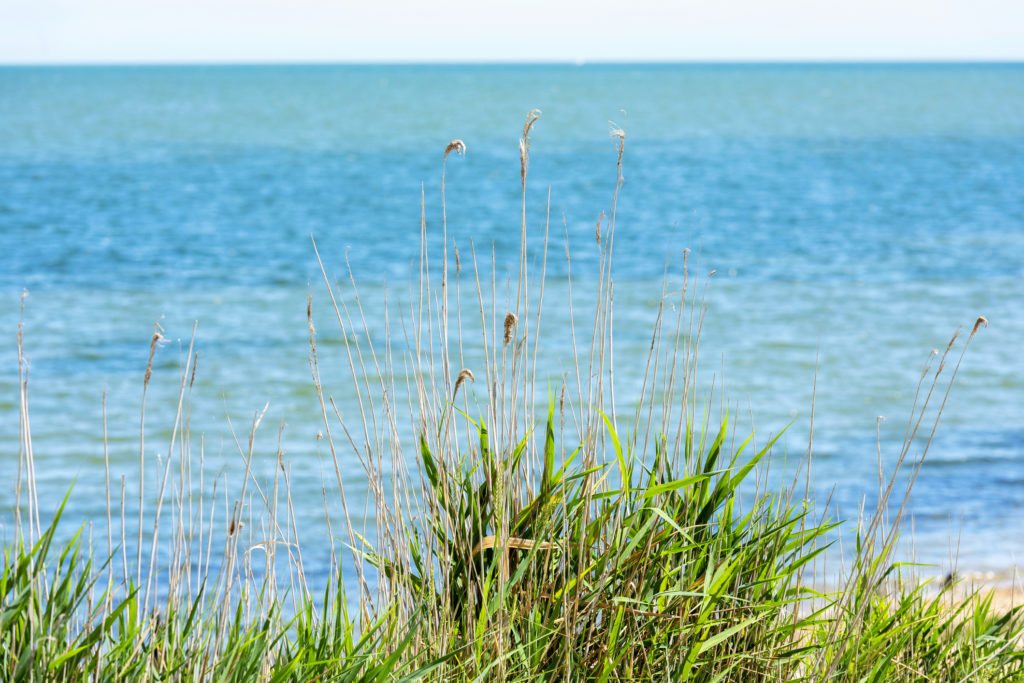Seasalter, a small village located on the north coast of Kent, England, and closely connected to Whitstable, has a rich history of salt production that dates back to ancient times. Salt was an essential commodity for food preservation, flavour enhancement, and various other purposes, and coastal areas like Seasalter were ideal for its products due to their proximity to seawater and low-level land.

Although the exact timeline of salt production in Seasalter is challenging to establish, it is believed to have started during the Roman occupation of Britain, around the first century AD. The Romans introduced advanced salt-making techniques to produce higher-quality salt in larger quantities. They built salterns, shallow clay-lined ponds or basins, to evaporate seawater and collect salt.
Salt production in Seasalter continued throughout the Anglo-Saxon period and into medieval times. During the medieval period, salt-making was an important industry, providing employment and income to the local population. The Domesday Book, a survey of England completed in 1086, mentions the presence of salt pans in the Seasalter area, indicating that the salt industry was well-established by that time.
The process of making salt in Seasalter involves several steps. Seawater was first collected in shallow pools or channels and allowed to evaporate naturally under the sun and wind. This process concentrated the salt content in the water, which was then transferred to clay-lined pits or pans, where it was heated over a fire to evaporate the remaining water. The resulting salt crystals were collected, dried, and stored for later use.
As the centuries progressed, the demand for salt continued to grow, and the salt-making industry in Seasalter flourished. However, by the late 19th and early 20th centuries, competition from cheaper rock salt mines and advances in salt-making technology led to the decline of the traditional sea salt industry in Seasalter and many other coastal areas of the UK. Eventually, the small-scale salt production in Seasalter ceased altogether, leaving just its name for the community.
The legacy of Seasalter’s salt-making history can still be seen in the area’s landscape and place names. The remains of salterns and salt pans can be found along the coast, while some local roads and buildings bear names that reflect the Seasalter’s historical connection to the salt industry. The tradition of salt-making has also experienced a resurgence in recent years, with artisanal salt producers reviving the ancient techniques to produce high-quality sea salt for the modern market.





